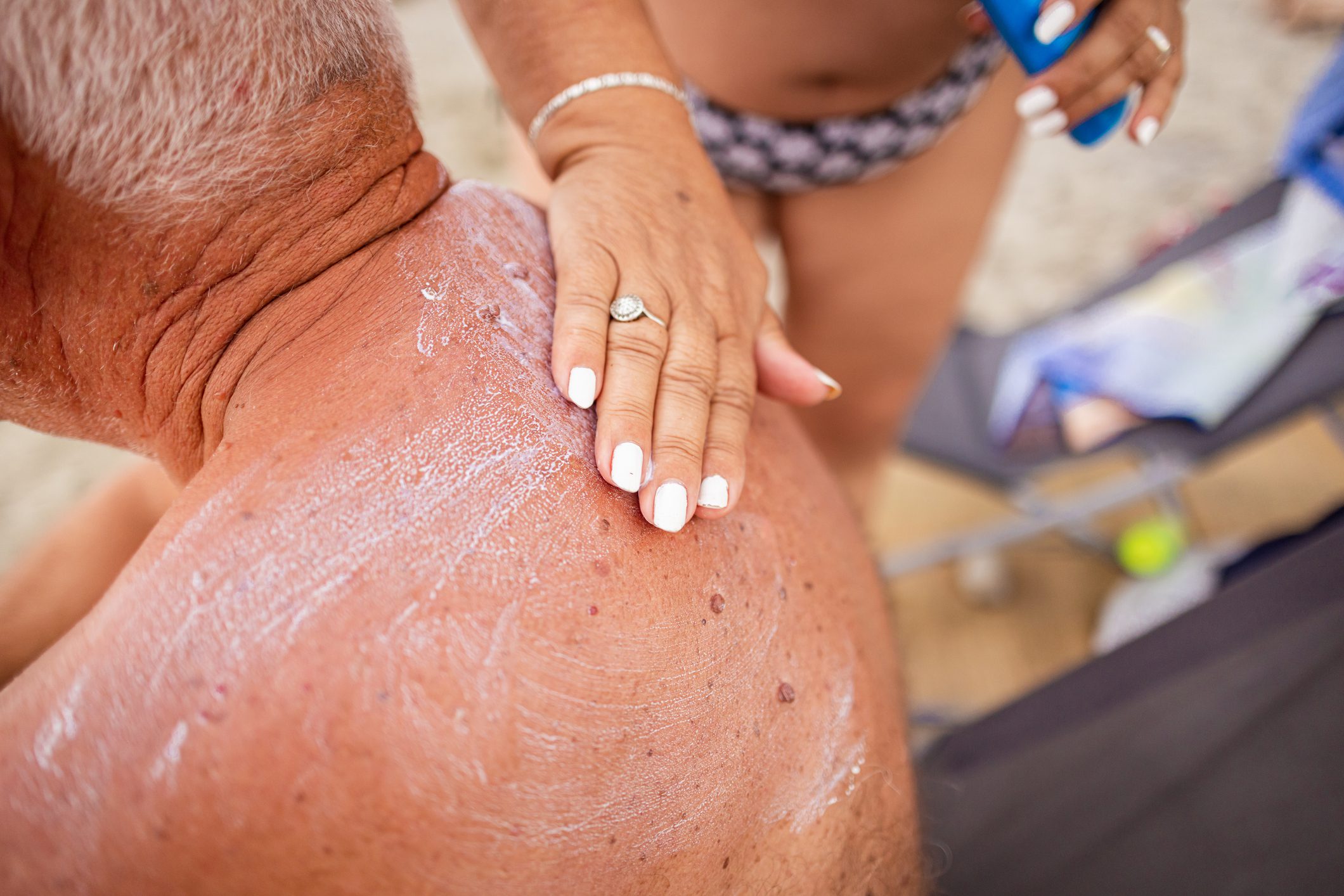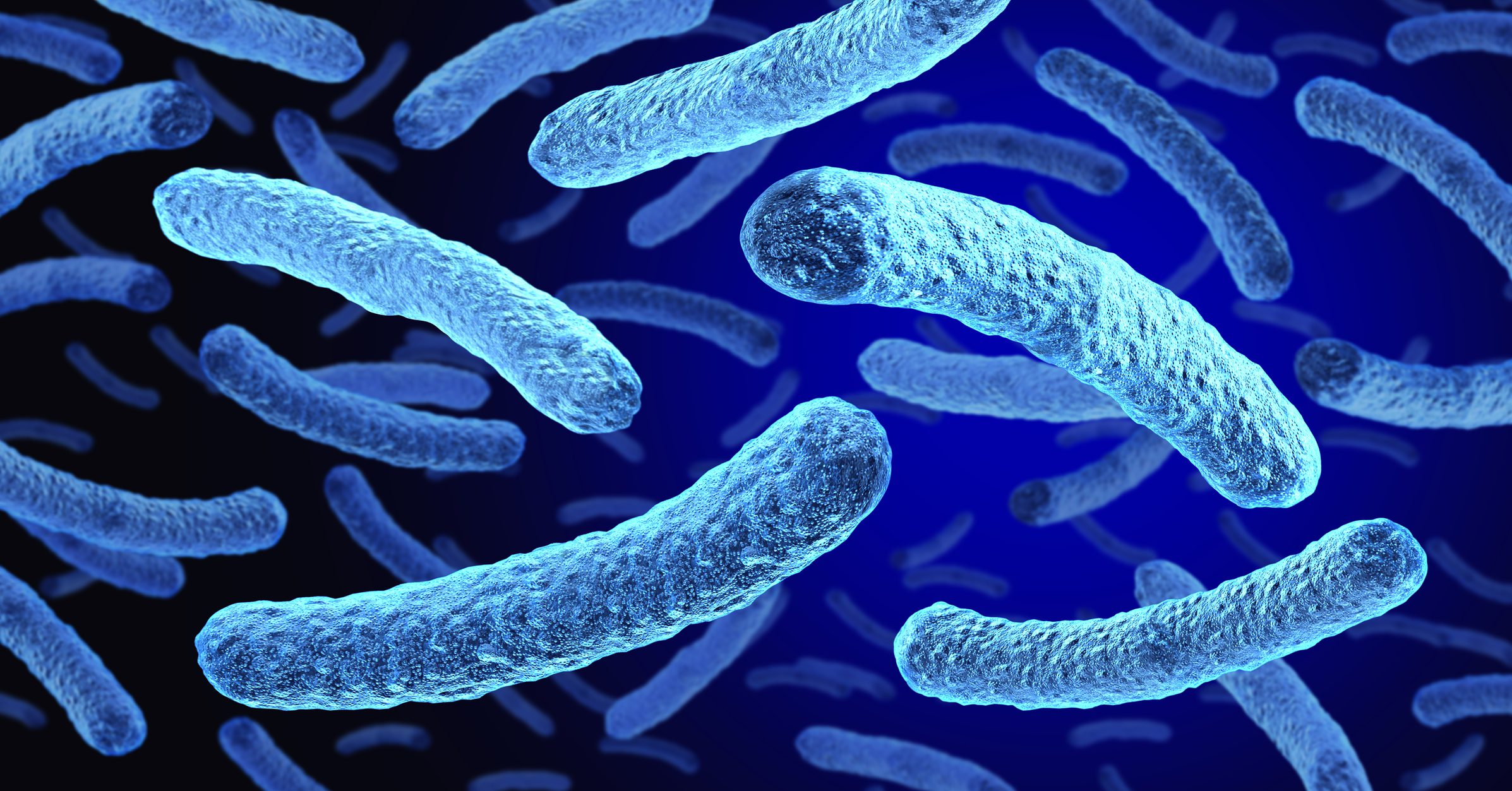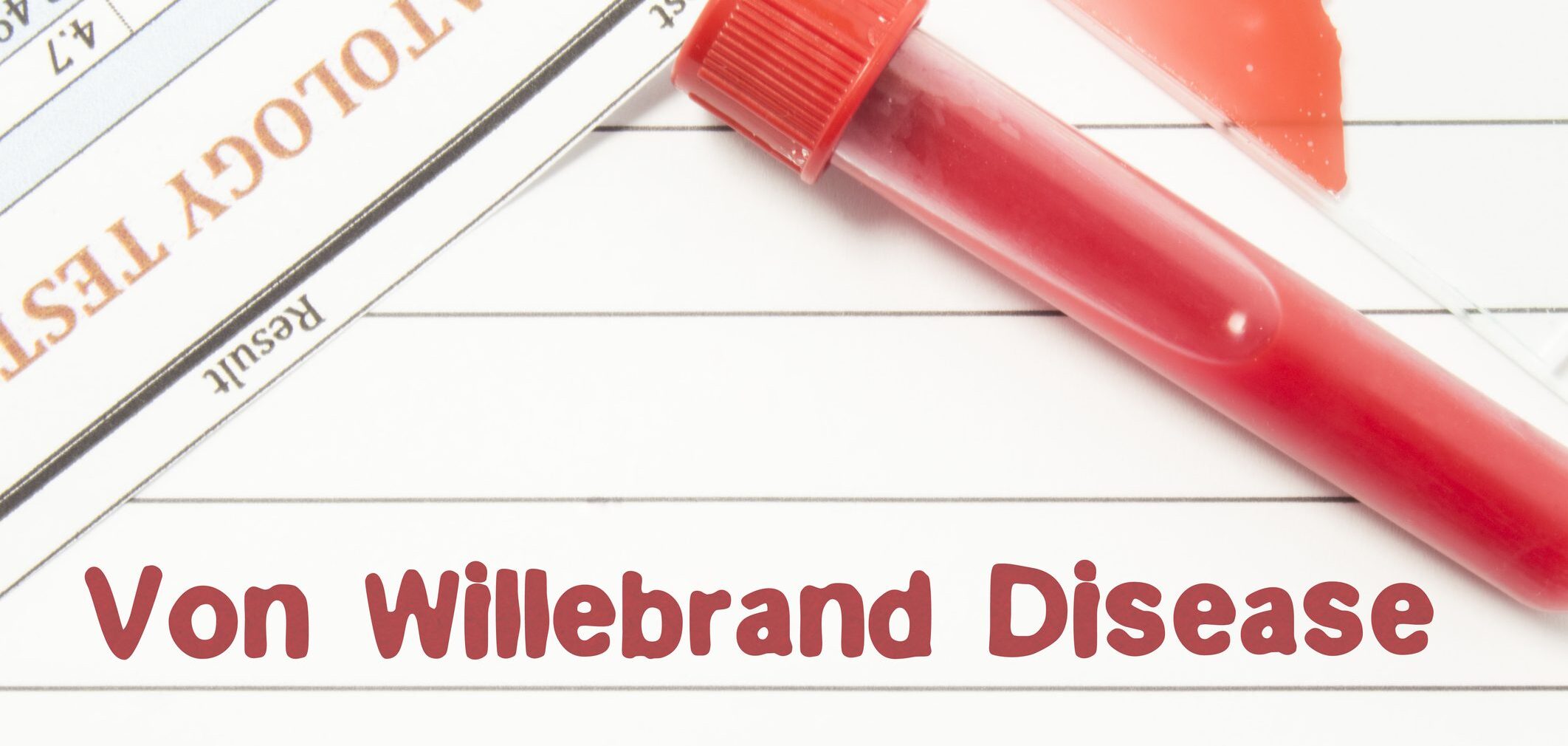Extensive scratching is known to trigger a cascade of mechanisms. An itch-scratch cycle not only impairs the barrier function of the epidermis, but also promotes neuroinflammation in the skin through the interaction between immune cells and peripheral sensory nerve fibers. At this year’s ADF Annual Meeting, studies with innovative methodology were presented that aim to find out more about the pathophysiology of chronic itch.
Scratching is the physiological reaction to relieve the feeling of itching. However, prolonged or intensive scratching damages the skin, resulting in the maintenance or intensification of inflammatory processes, which in turn promote pruritus [1]. Hyperkeratotic, livid red or hyperpigmented pruriginous papules, plaques or nodules may develop [2]. Numerous studies have shown that chronic pruritus or chronic nodular pruritus can lead to considerable subjective suffering [1]. Chronic pruritus (CP) can occur at any age and affect different patient groups – the spectrum ranges from dermatoses to internal diseases [3]. In a large cohort analysis in Germany, the average age of patients with CP was ≥60 years and those affected often had comorbidities [4].
How does pruritic skin react to electrically induced itching?
In a study by Renkhold et al. the influence of chronic scratching on the innervation of the epidermis and the reaction to electrical stimuli was investigated in CP patients [5]. For this purpose, biopsies from patients with atopic dermatitis (AD; n=35), brachioradial pruritus (BRP; n=34) and chronic nodular prurigo (CNPG; n=36) were analyzed in pruriginous lichenified, pruriginous non-lichenified and non-pruriginous non-lichenified skin compared to healthy controls. It was found that in all three examined skin areas of AD, BRP and CNPG patients, the intraepidermal nerve fiber density, measured by the number of nerve fibers crossing the basement membrane, was significantly reduced compared to healthy controls. Both the pruritic skin areas of AD and BRP patients had significantly fewer nerve fibers compared to non-pruritic skin, while in CNPG the chronically scratched skin had a lower fiber count compared to pruritic, non-lichenified and unaffected skin. The intraepidermal branching of the nerve fibers was most pronounced in lichenified skin, especially in BRP patients. The researchers suspect that the increased branching increases local neuronal excitability and thus partially compensates for the loss of fibers. In each group, up to 50% of CP patients reacted with itching to electrical stimulation with half-sine and sine wave pulses. The maximum electrically induced itch intensities of these responders were significantly increased in the tested areas of the patients, especially in the itchy skin, compared to healthy controls.
Simulation of itching using Cytostretcher
Extensive scratching can cause the release of interleukins and damage the skin barrier, which intensifies the itching. While in most other in vitro models, cells are destroyed to simulate itching and scratching, resulting in an unphysiological release of mediators, Wiegmann et al. scratching with the help of a cytostretcher to better understand the role of mechanical stress in the development of itching [6]. This approach makes it possible to mimic the mechanical conditions of chronic scratching without damaging cells. To investigate the effects of mechanical forces on the regulation of structural components and cytoskeletal-associated genes related to pruritus, Wiegmann et al. Keratinocytes from healthy donors (NHEK) and keratinocytes from patients with CP who had itchy skin due to persistent scratching (PL) and unaffected skin (NPNL) from the same patients (n=6) with the cytostretcher. The researchers then carried out transcriptome and proteome analyses.
The results reveal a striking link between mechanical stress and the regulation of basic structural components such as keratins and cytoskeleton-associated genes such as actin. Remarkably, this influence proved to be the same in all samples, regardless of their origin. In addition, the study revealed an influence on genes associated with the development of neuronal projection (e.g. DPYSL3, VIM, CIB3, NDRG4) and the peripheral nervous system (e.g. SLC5A3). This discovery goes beyond mere gene expression patterns and was partly supported by proteome analyses.
| Summary |
| Renkhold et al: The results indicate that chronic scratching reduces intraepidermal nerve fiber density, but increases local neuronal excitability in return. The combination of fewer but overly excitable fibers in symptomatic skin can promote an electrically stimulated “spatial contrast pattern” that is interpreted as itching at the spinal level. |
| Wiegmann et al: The results of this study emphasize the far-reaching effects of chronic scratching – a mechanical stressor – on cellular stability and morphology. Furthermore, they suggest a potentially transformative role in the complex processes of epidermal innervation and regeneration of epidermal nerve fibers. |
| to [5,6] |
Congress: ADF Annual Meeting
Literature:
- Ständer S, et al.: S2k Guideline: Diagnosis and 1st Ständer S, et al.: S2k Guideline: Diagnosis and therapy of chronic pruritus. J Dtsch Dermatol Ges 2022; 20(10): 1386-1402.
- Pereira MP, et al: European academy of dermatology and venereology European prurigo project: expert consensus on the definition, classification and terminology of chronic prurigo. In: Journal 52 of the European Academy of Dermatology and Venereology: JEADV 2018; 32 (7), pp. 1059- 1065.
- Brand M, Kremer AE: Systemic pruritus: What’s new in diagnostics and therapy? [Systemic pruritus: what is new in diagnosis and treatment?] Dermatology (Heidelberg) 2022; 73(8): 600-608.
- Ständer S, Luger, TA: NK-1 Antagonists and Itch. In: Handbook of experimental pharmacology 2015; 226: 237-255.
- Renkhold L, et al: Altered epidermal neuroanatomy and increased local sensitivity driven by scratching in different entities of chronic pruritus, P184. 50th Annual Meeting of the Arbeitsgemeinschaft Dermatologische Forschung (ADF). Exp Dermatol 2024 Mar; 33(3): e14994.
- Wiegmann H, et al: Mechanical stress in pruritus pathogenesis and chronicity, P185. 50th Annual Meeting of the Arbeitsgemeinschaft Dermatologische Forschung (ADF). Exp Dermatol 2024 Mar; 33(3): e14994.
DERMATOLOGIE PRAXIS 2024; 34(3): 28 (published on 14.6.24, ahead of print)












